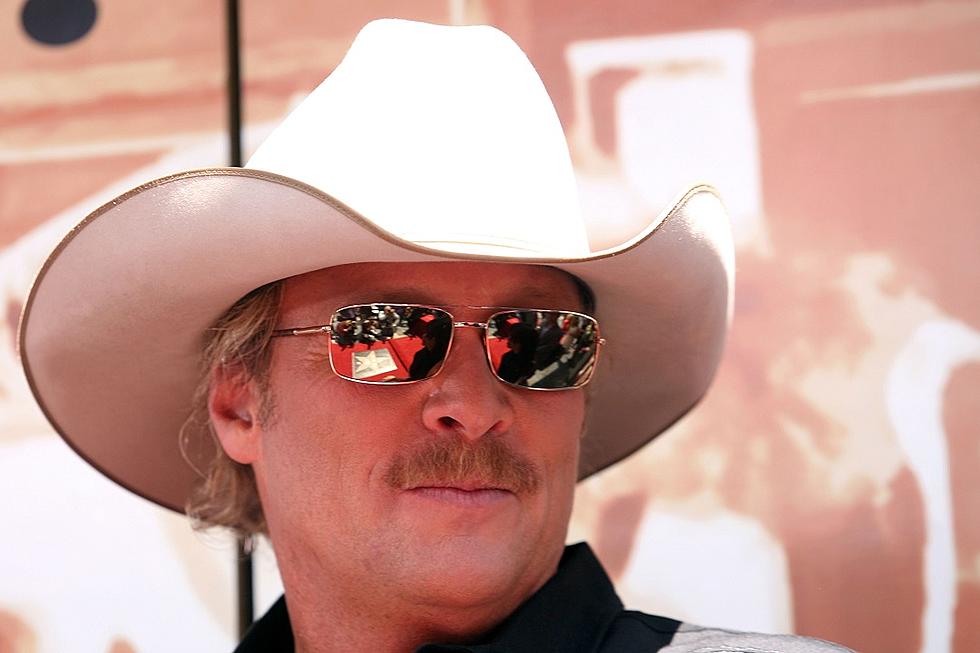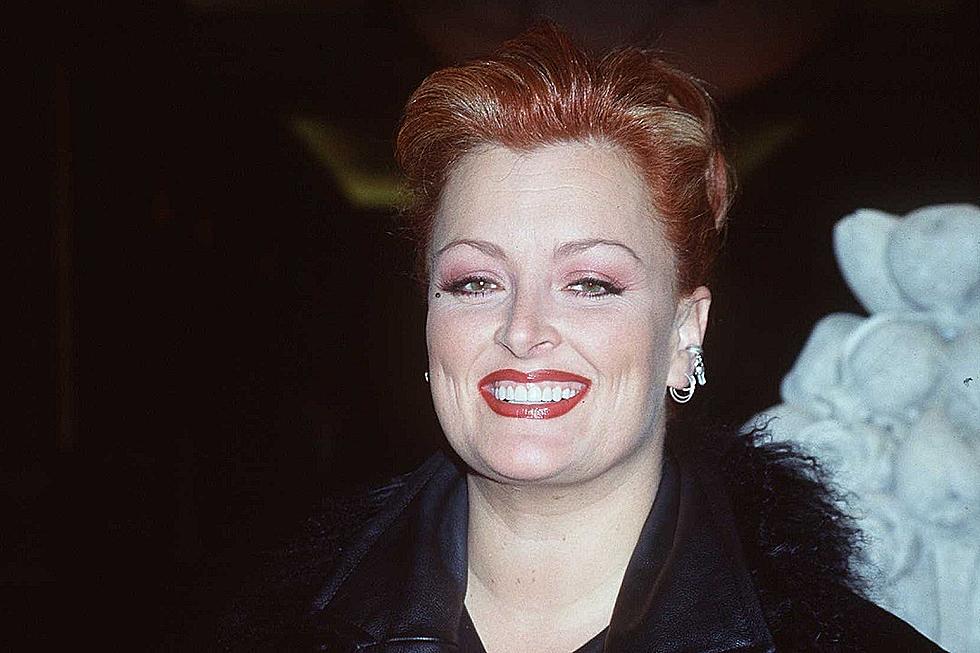55 Years Ago: Bob Dylan Releases ‘Nashville Skyline’
On April 9, 1969, Bob Dylan released his ninth studio album, Nashville Skyline. Like his previous studio album, 1967's John Wesley Harding, the effort was produced by Bob Johnston, and leaned toward freewheeling country music.
Those only familiar with Dylan's folk- or rock-leaning output might be shocked by his clean-cut vocals -- a sweet tenor with a faint twang -- and the simple, throwback sound of Nashville Skyline. Dewy organ drives the lovelorn, guilt-stricken "I Threw It All Away"; "Country Pie" is a hard-edged, almost Beatles-esque country-rocker driven by zippy piano; "Tell Me That It Isn't True" presages the easygoing folk-country Laurel Canyon sound of the 1970s; and "Peggy Day" is a carefree, near-parody of a chaste love song that ends with a strutting blues coda.
Other highlights include the instrumental "Nashville Skyline Rag," which serves as a spotlight showcase for different instruments -- slurred harmonica, rollicking pedal steel, crisp slide guitar and jaunty piano -- and a remake of "Girl From the North Country" that features Johnny Cash. (The latter song originally appeared on Dylan's second studio album, 1963's The Freewheelin' Bob Dylan.)
“If you listen to every other album he made before then, and then go back and listen to Nashville Skyline, it is a totally different album," Charlie Daniels -- who, as a then-aspiring country star, played guitar on the album -- tells CMT. "His vocal sounds, the material he did, the way he approached it, all of the arrangements -- everything -- the total thing was kind of a departure for him.”
Nashville Skyline's sound was also influenced by a bevy of ace Music City session musicians, including drummer Kenny Buttrey (who later worked with Neil Young), pedal steel pro Pete Drake (who later played on Tammy Wynette's "Stand By Your Man") and Daniels. Incredibly enough, the latter wasn't actually the first-choice player, but the intended guitar player couldn't make the first session, leaving Daniels to start on the album as a sub.
“Johnston asked me to come fill in for him," Daniels recalled in 2016 to CMT. "And I did. And, of course, I played with all my heart and soul as much as I possibly could.”
Dylan certainly noticed, Daniels shared: “I was packing my gear up to leave. Dylan asked Johnston, ‘Where’s he going?’ He said, ‘He’s leaving. I got another guitar player coming in.’ And Dylan said, ‘I don’t want another guitar player. I want him.’ It’s just unbelievable, I don’t know, almost surreal.”
Nashville Skyline is also notable for containing one of Dylan's most famous songs, "Lay Lady Lay." In an interview with Rolling Stone, Buttrey said he used “a real cheap bongo set” and a cowbell to create the song's pattering rhythms.
“Kris Kristofferson was working Columbia Studios at the time as a janitor, and he had just emptied my ashtray at the drums,” Buttrey said. “I said, ‘Kris, do me a favor, here, hold these two things.'”
The platinum-certified Nashville Skyline peaked at No. 3 on the Billboard albums chart, but topped the charts in the UK. Singles-wise, "Lay Lady Lay" was a Top 10 hit in both countries, although the record's other two singles ("I Threw It All Away" and "Tonight I'll Be Staying Here with You") charted more modestly and missed the Top 40. Dylan also promoted the album by appearing on The Johnny Cash Show in June of 1969, where he performed "I Threw It All Away," "Living the Blues" and, reprising his Cash duet, "Girl From the North Country."
The album was massively influential, Kristofferson told Classic Rock in 2010: "Our generation owes him our artistic lives, because he opened all the doors in Nashville when he did Blonde on Blonde and Nashville Skyline," Kristofferson says.
"The country scene was so conservative until he arrived. He brought in a whole new audience," he adds. "He changed the way people thought about it – even the Grand Ole Opry was never the same again."
10 Things You Didn't Know About John Prine
More From TheBoot









